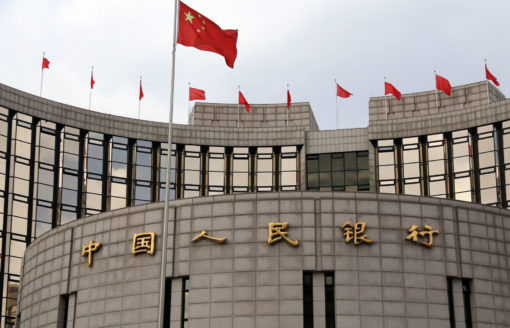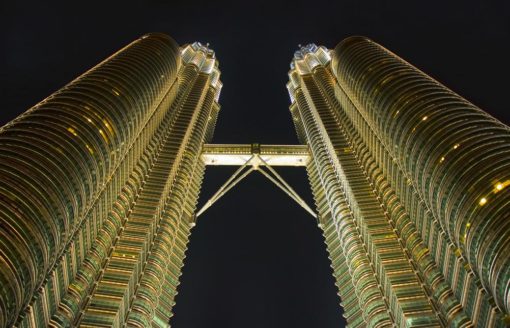The initial thought of the New Silk Road project, officially launched by Chinese president Xi Jinping in 2013, is to vitalize the ancient silk roads, which provided trade links between Asia and Europe for hundreds years long time ago. Consisting mostly of land routes, this trade system fell out of favor within the 15th century for a number of reasons. Eventually, it was abandoned, as sea routes were preferred by merchants like the East India Company until the late 19th century.
“One Belt One Road” (OBOR) is a bold project that points to the creation of an framework for the transportation of products from China to Europe via Central Asia, including new rail lines and a vast road network throughout the Eurasian landmass. For sea transport, OBOR involves initially the establishment of a chain of port facilities in the Straits of Malacca, between the Malaysian peninsula and the Indonesian island of Sumatra. Moreover, other ports will be constructed along the coast of the Indian Ocean, in northeastern Africa and across southern Europe. In the second phase of the development, specific economic zones will be formed to encourage the local development of certain territories. The final stage of the project will probably enable the digital transmission of data along these trade routes, likely through the installation of fiber-optic networks.
The estimated total budget for the OBOR initiative is about $800 billion to $1 trillion. For comparison, this is approximately equivalent to five to six times the sum dedicated to the Marshall Plan (officially known as the European Recovery Program, an American initiative to help rebuild Western European economies after the World War II). Roads, railways and ports are emerging in Pakistan, in a few Central Asian countries and in Europe. However at this rapid rate of development, the anticipated China’s budget for this initiative might before long be surpassed, given the incredible infrastructure needs in those regions along the New Silk Road.
China has set up a broad monetary framework, with the backing of its own banks as well as international financial institutions, to make a difference with China being in the driving seat. China has accumulated considerable foreign-exchange reserves, which had been invested presumably mostly in U.S. treasury bonds for many years. However, China has started diversifying the use of its foreign-exchange reserves since the past decade.





RMB in Global Reserve Currency Framework